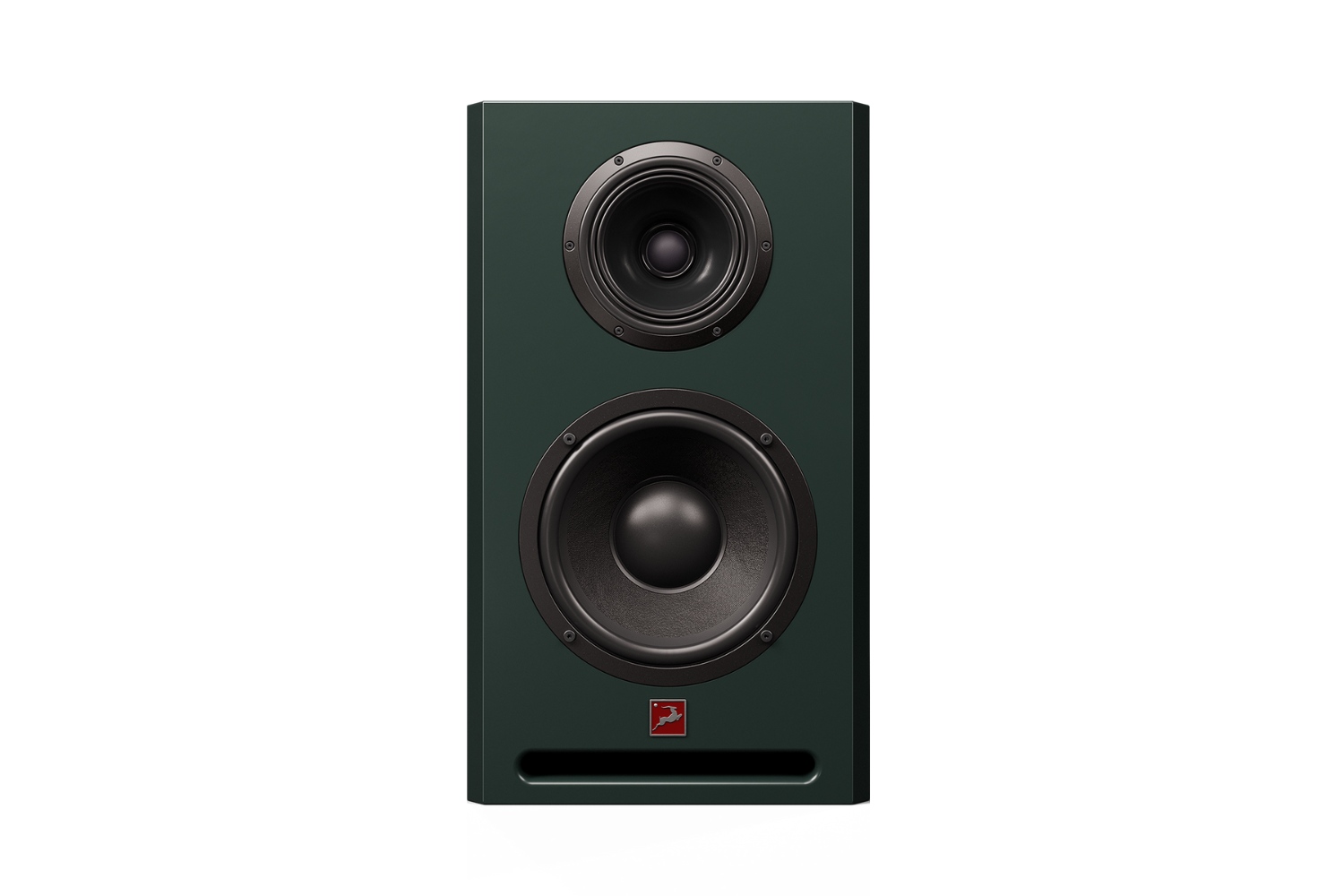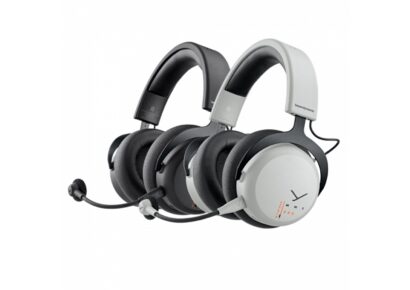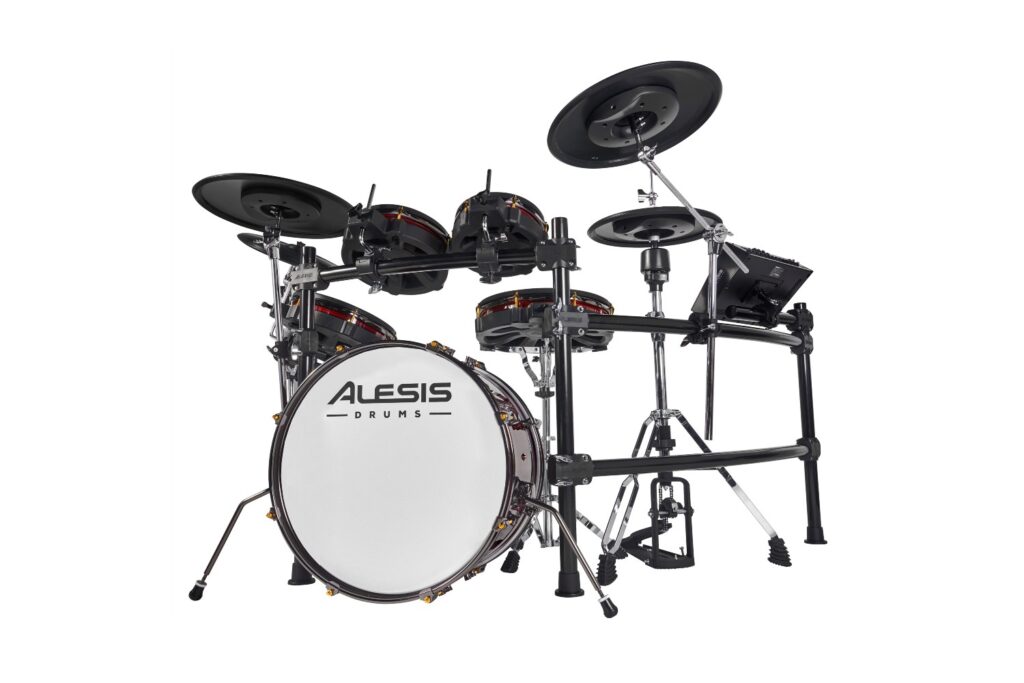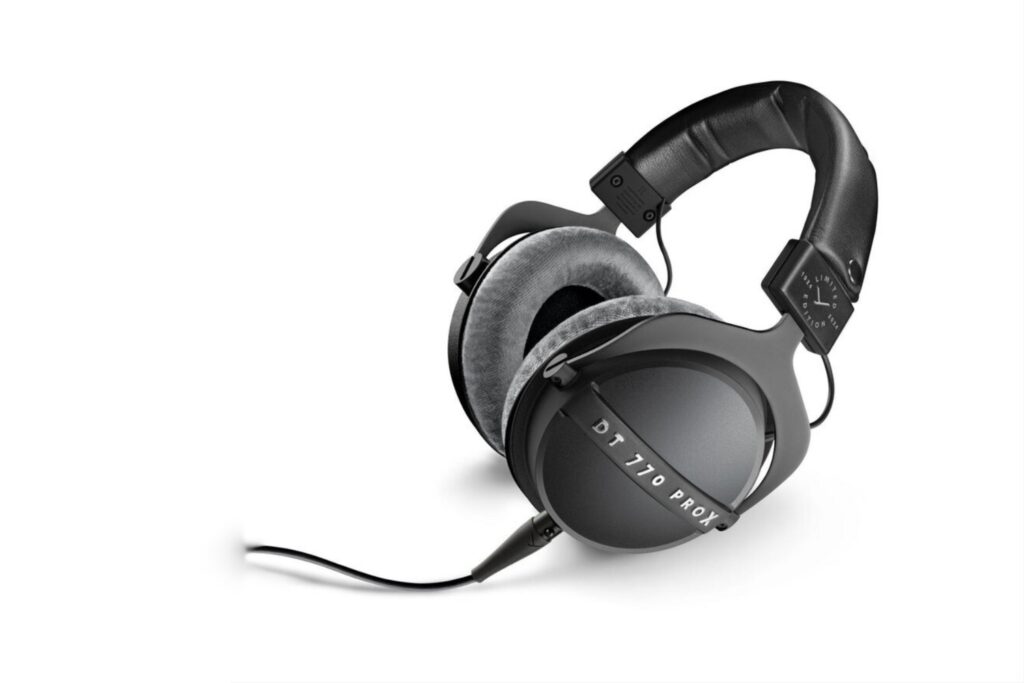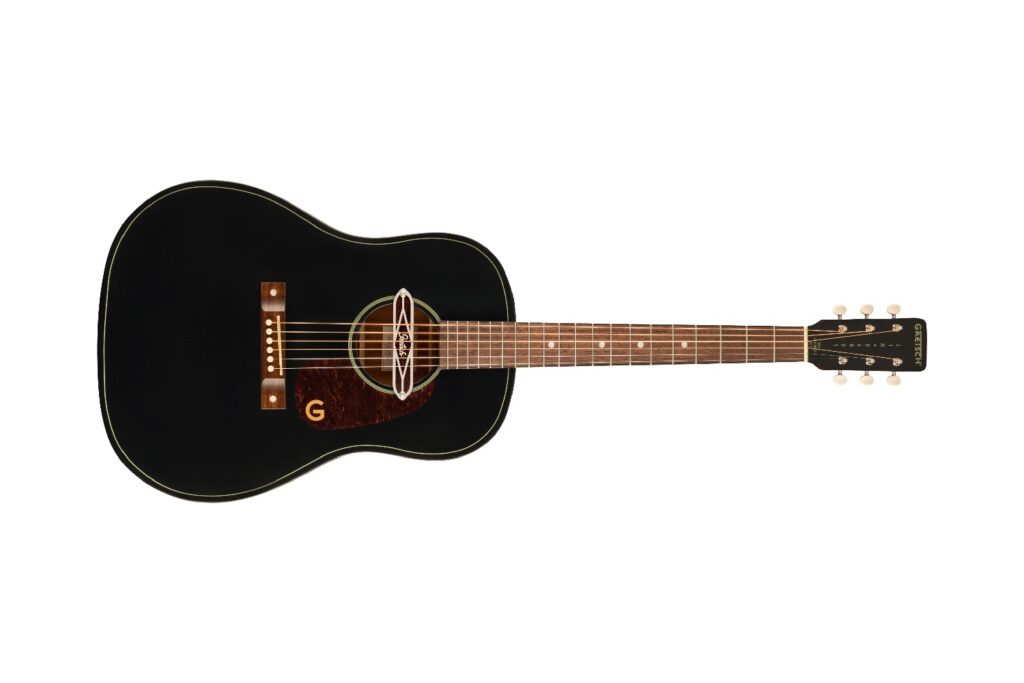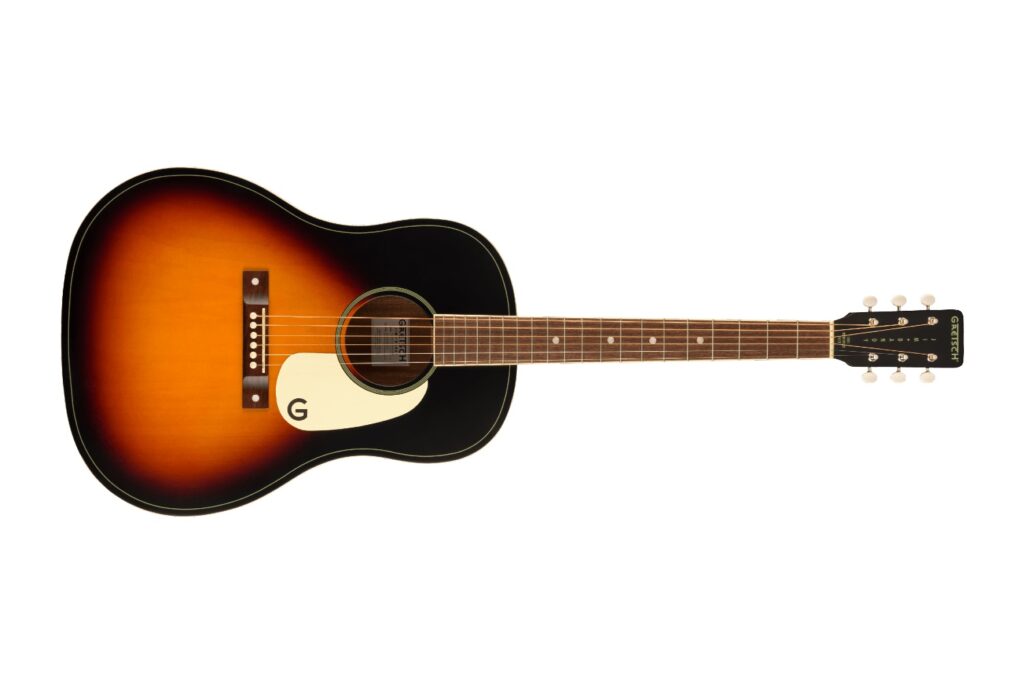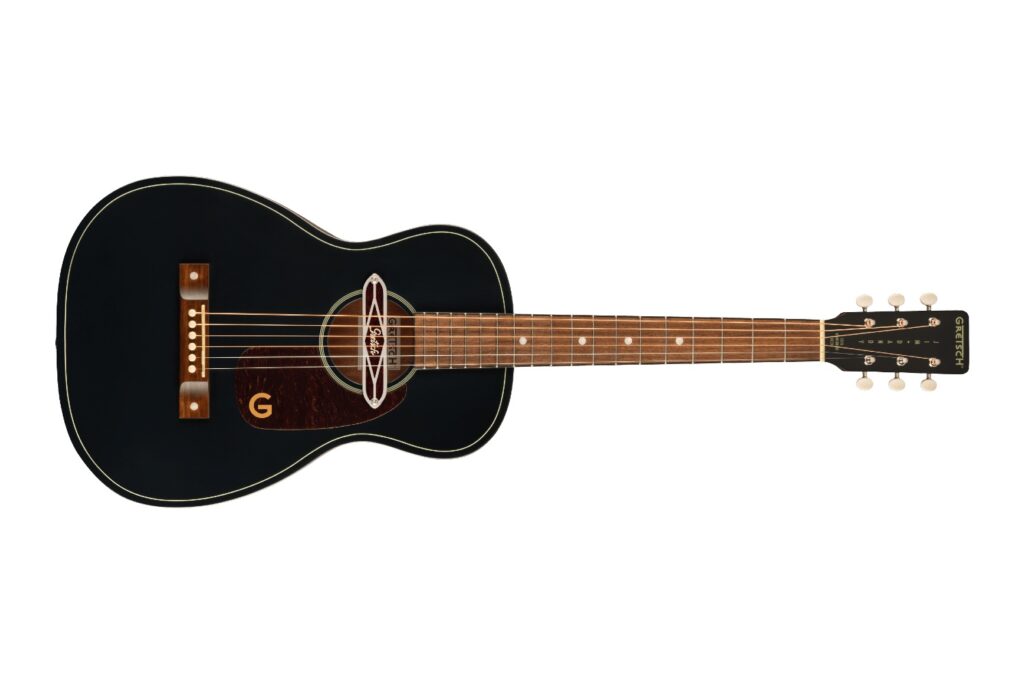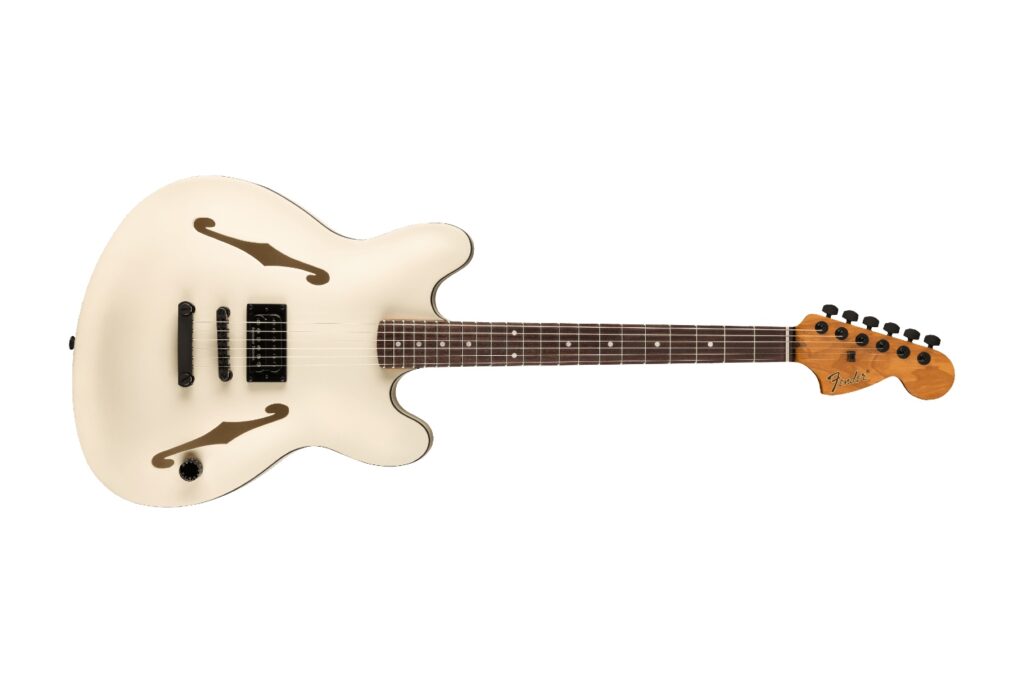Antelope Audio Atlas i8 Monitors | Antelope Audio | Enquire for pricing
Old habits die hard, and in the case of Pro Audio (which has always exhibited a tendency toward aligning certain brands with certain product categories with concrete-like rigidity) this can create a difficult field of play – particularly for forward thinking companies like Antelope Audio who are firmly established in one area of the signal chain, but who have the kind of stellar reputation and design team to expand further.
In the case of Antelope Audio- most in the know will be familiar with their excellent master clocks and in more recent times, their audio interfaces, boasting impressive I/O flexibility, minimal footprint (and modest pricing) as well as streamlined plugin integration and the ability to serve up Atmos spec speaker configurations at the drop of a hat. Needless to say, Antelope Audio is indeed at the forefront of innovation within this product category; the very definition of what a modern interface should be in the prosumer space.
Read more gear reviews here.
Thus, it came as a genuine shock when Antelope Audio announced their first venture into the world of studio monitors earlier this year in the form of the Atlas i8, an active 3-way studio monitor that combines the brand’s expertise in digital audio with some truly groundbreaking design at the electro-acoustic level.
A bold move that’s been met with a tinge of expected scepticism, the Atlas i8 is indeed a striking monitor, and with its sophisticated British racing green front panel, it definitely makes a statement.
Matching the company’s fearless move into this new product category is the monitor’s isobaric design, as within its hefty 18mm MDF cabinet lies not one but two 8” woofers. A rather interesting choice that provides a remarkably tight low end all the way down to 35Hz. The 5.5” mid driver and 1.5” tweeter, are configured coaxially and extend up to (the expected) 20kHz. The monitor’s beauty lies in the phase coherence in the upper frequency range, yet it also lends itself to allow for both vertical or horizontal placement, minimising comb filtering issues, while maximising its versatility of application.
The 400-watt class D amplifier which powers the Atlas i8 has been designed in-house from the ground up, with 200-watts reserved for the two 8” woofers, with the mid driver and tweeter each getting 100-watts of power respectively. This amplifier design is yet another tell of Antelope Audio’s commitment to innovative design and certainly isn’t shy of pushing out some serious volume, with a single monitor able to deliver 117dB SPL max output at 1m. Connections on the back panel are kept simple with an XLR/TRS combo for analogue input and an XLR for AES/EBU digital input. There’s also the same on the output, allowing for quick and easy daisy chaining for two monitors connected digitally.
Proprietary 64-bit Acoustically Focused Clocking Technology and A/D conversion running 192kHz ensure the digital end of these monitors are nothing short of top notch, with no corners cut.
A sophisticated digital processing system has been implemented within FPGA chips, with each speaker going through a rigorous and continual factory calibration using FIR and IIR filters. This ensures each speaker is optimised for peak performance, providing accurate transient response and a laser focused stereo image. This meticulously designed system also takes care of time alignment between all 4 of the drivers, ensuring accurate delivery of content and also allows for delay compensation alleviating potential timing issues of monitors not positioned optimally in the room in relation to the listening position.
The rotary encoder on the back panel allows quick and easy navigation of the digital parameters within the Atlas i8 which is clearly displayed on the compact LCD screen. For those wanting to tweak and finesse these monitors via Antelope Audio’s Control Panel software, this can easily be done by simply connecting to a computer via the USB port, that will allow for software control that’s still in development, to be released in the near future.
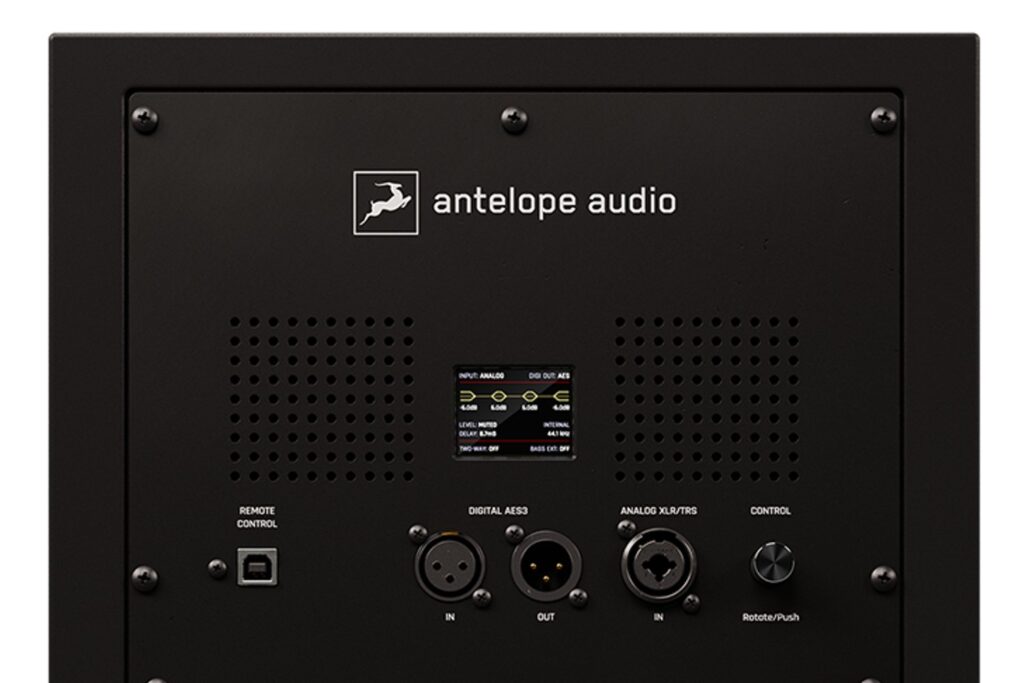
The 4-band parametric EQ as well as numerous other parameters can be adjusted for fine tuning the speaker’s response to the room and of course presets can be saved easily, ideal for numerous potential setups (ala stereo through to an Atmos configuration), or if the monitors are being moved between various locations – but at 24kg a piece, remember to bend those knees people!
Upon firing up the Atlas i8’s for some critical listening, I was immediately struck by their front to back depth. It felt like seemingly endless space existed past the front of the monitors and extended far behind them, which in turn really secured the centre image. This depth allowed me to feel immersed in music in a way I hadn’t experienced for some time. Content that was hard-panned left and right had an immediacy about it, leaping out of the speakers and making itself known with minimal masking, but not in a harsh or overbearing way. The low-end was focused and profoundly useful, allowing for easy detection of fundamental frequencies and extraneous sub information.
Perhaps the biggest takeaway with the Atlas i8’s is how quickly I felt comfortable with them. They didn’t present themselves as a monitor with a steep learning curve, requiring many hours of listening before becoming confidently comfortable. They presented material in an honest and revealing way that was equally pleasant to listen to – giving me confidence in saying that longer tracking and mixing sessions wouldn’t feel fatiguing compared to other monitors I’ve heard over the years.
Pro Audio is itself an exercise in economies of scale, and in this regard, the Atlas i8’s really do deliver – combining the kind of DSP calibration and hi-end driver design normally found on speakers of a considerably higher price point. Given their wealth of top-tier digital integration and ability to finely tweak, these monitors make the Atlas i8’s a great choice as both a dedicated set of stereo monitors, or to be integrated into a larger setup with relative ease. The rather unusual isobaric design choice of the Altas i8 certainly isn’t for show (given the difficulty to properly implement such a design) but rather one that provides a neutrality and accuracy that will bring results in the the least amount of time possible, which for us mix engineers, is the ultimate end goal. An impressive first monitor release from a truly innovative manufacturer.
For more info, visit Antelope Audio here.
